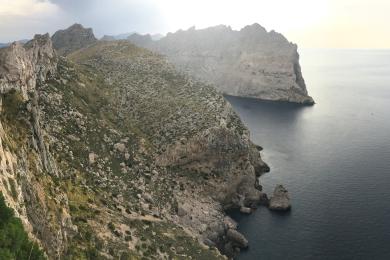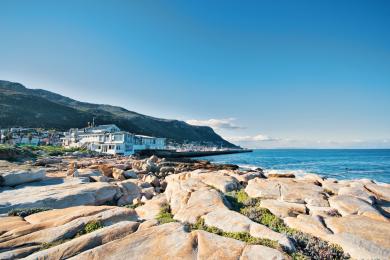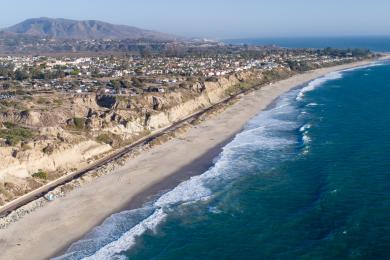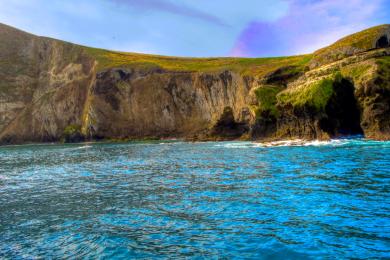Overview
Blue sharks (Prionace glauca) are members of the Carcharhinidae family, commonly known as requiem sharks. They are characterized by their slender, streamlined bodies, with a distinctive blue-grey coloration on their dorsal side and a white underside. Their long, pointed snouts and large, crescent-shaped pectoral fins are also notable features. Blue sharks are distinguished from similar species, such as the dusky smooth hound, by their lack of a prominent ridge between their dorsal fins and their slenderer body shape.
Commonly found in:
- Mexico
- Brazil
- Japan
- China
- India
- Spain
- Portugal
- France
- Italy
Over the past 103 years, there have been 49 recorded attacks by blue sharks. Of these attacks, they have occurred at sea and at the following beaches:
Size and Weight
- Size: Males average between 6-9.3 feet when mature; females average between 7-10.8 feet when mature
- Weight: Males typically weigh 60-121 pounds; females typically weigh 93-198 pounds
- Swimming speed: Average cruising speed of 1.3 mph, with bursts up to 24.9 mph
Interaction with Humans
- Interaction with Humans: Generally not aggressive, but curious and may investigate swimmers
- Avoidance: Stay out of open ocean waters, especially at night
- Activity: Most active at night and early morning
Lifespan and Diet
- Lifespan: Males live 15-20 years; females live 16-20 years
- Diet: Primarily squid and fish; hunts by swimming with its mouth open and using its flexible body to quickly turn and catch prey
Migratory Patterns
Blue sharks are highly migratory, undertaking long-distance journeys across ocean basins. They typically start in temperate waters during summer months, such as off the coasts of New England, United Kingdom, or Japan. As winter approaches, they migrate towards warmer, tropical waters near the equator, reaching areas like the Caribbean, Gulf of Mexico, or central Pacific Ocean. Some populations have been observed traveling from the northeastern United States to Brazil, while others move between Europe and West Africa. These sharks may cover distances of over 5,000 miles in a single year, following circular patterns that often bring them back to their starting points.








